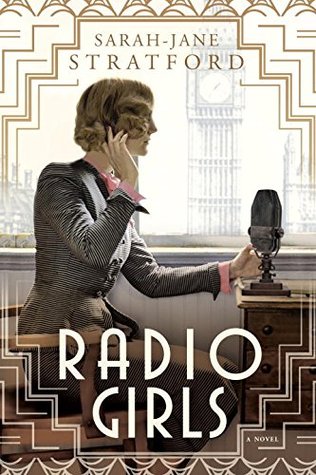
Hardcover, 384 pgs.
I am an Amazon Affiliate
The Forgotten Room by Karen White, Beatriz Williams, and Lauren Willig is set in 1892, 1920, 1944 and the art that connects Olive Van Alan, Lucy Young, and Dr. Kate Schuyler to one another through the generations is not the biggest mystery, neither is their relationship to one another. What is forgotten in this tale of love, disappointment, and fate is trust – it’s locked up, hidden in an attic room. There is broken trust between mother-daughter, lovers, and between the past and present.
“As the only female doctor on staff, it was hard enough maintaining the persona of a woman with no feelings or personal needs in front of the male doctors. It was nearly impossible in front of the nurses. If they’d asked me why I’d become a doctor, I would have told them. But they didn’t ask. They seemed to be of a like mind when it came to me — I was a doctor because I thought I was too good to be a nurse.” (pg. 2 ARC)
In addition to gender issues that persist in all three time periods — with women taking on work outside the home — these women also face the harsh realities of a world on the cusp or in the midst of change. From the rise of new money and decadence and the crash that wiped out many wealthy families’ fortunes to prohibition and WWII, there were great opportunities and traumatic losses. Olive is a dreamer with a positive outlook even as she strives to avenge the death of her father, while Kate is a woman determined to make her mark on the medical community and carve her own path to happiness. Lucy is a bit of a wildcard; she has ambition, but not quite enough to carry her through some disappointments on her own.
“‘What your parents did isn’t who you are.'” (pg. 228 ARC)
The Forgotten Room by Karen White, Beatriz Williams, and Lauren Willig is a sweeping novel about the ties that bind these women together and their family secrets, but also how their lives are wrapped in the work of an artist with the last name Ravenel. Each story of romance is heartbreaking, but the strongest is that between Olive and Harry Pratt. Their love reverberates through the entire novel — it is the anchor that binds these three generations of women.
RATING: Quatrain
About the Authors:
Karen White is a New York Times and USA Today bestselling author and currently writes what she refers to as ‘grit lit’—Southern women’s fiction—and has also expanded her horizons into writing a mystery series set in Charleston, South Carolina. Karen hails from a long line of Southerners but spent most of her growing up years in London, England and is a graduate of the American School in London. When not writing, she spends her time reading, scrapbooking, playing piano, and avoiding cooking. She currently lives near Atlanta, Georgia with her husband and two children, and two spoiled Havanese dogs.












 About the Author:
About the Author:

 About the Author:
About the Author:






